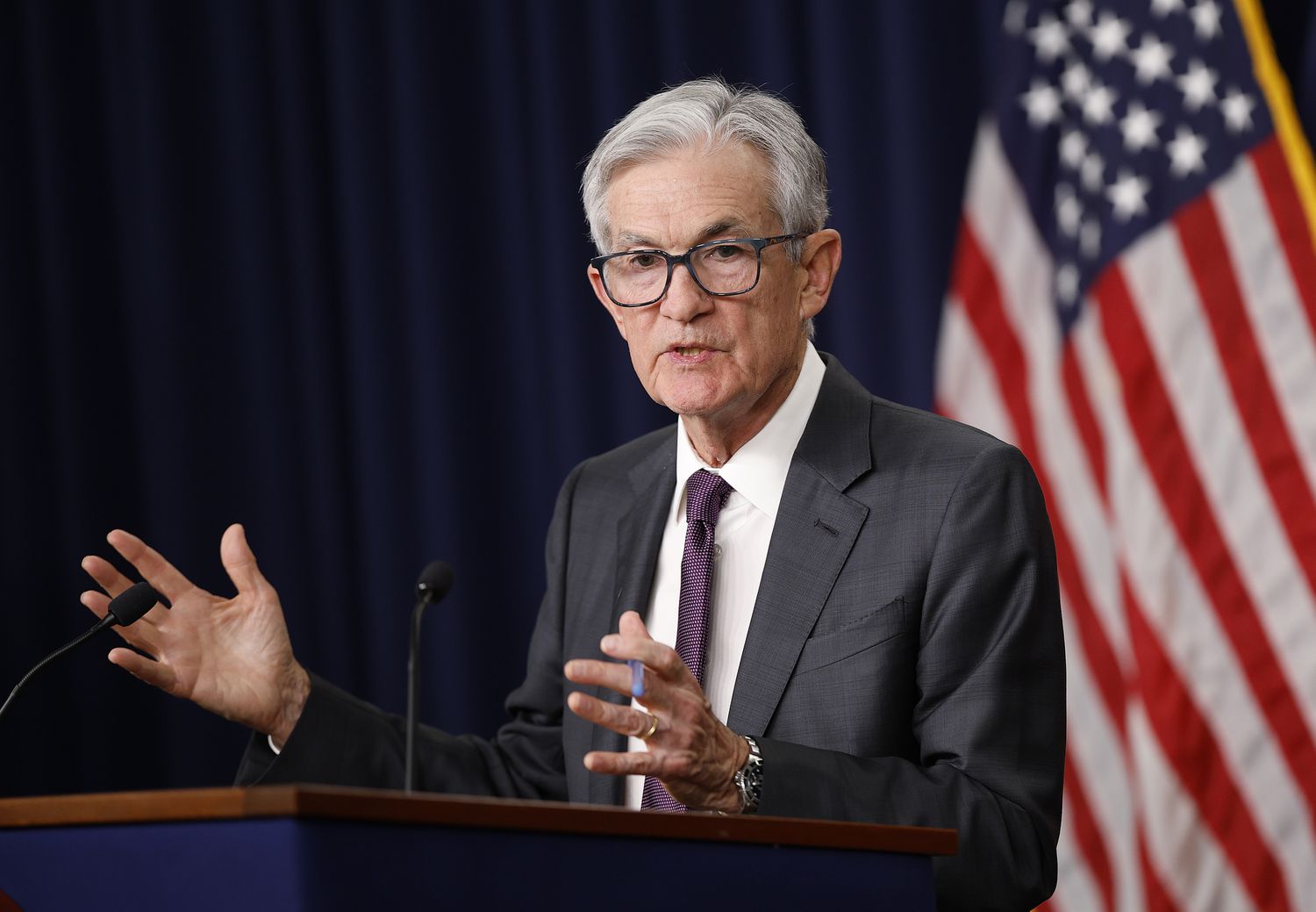The Federal Reserve has established strategies for combating inflation and stimulating the economy during periods of rising unemployment. However, what would the central bank do if stagnant growth and high inflation occur simultaneously—a scenario known as “stagflation,” which last occurred significantly in the 1970s?
If stagflation were to happen, it would present a dilemma for the Fed, which manages the nation’s monetary policy with the dual mandate of controlling inflation and maintaining low unemployment. The challenge lies in the fact that the Fed’s primary tool, adjusting the federal funds rate, can only address one issue at a time.
When inflation is too high, the Fed raises the federal funds rate to increase interest rates on loans, slowing economic activity to reduce spending and rebalance supply and demand. Conversely, when unemployment is high, the Fed lowers the federal funds rate to decrease borrowing costs, encouraging businesses to thrive and hire more workers.
Federal Reserve Chair Jerome Powell addressed this dilemma during a press conference, stating that it is a challenging situation for any central bank. The Fed would assess how far each measure—unemployment and inflation—is from its target and estimate the time required to return to those goals before making a judgment.
Kathy Jones, chief fixed income strategist at Schwab, explained that the Fed would need to determine the sequence of events and prioritize whether inflation or unemployment is the more urgent concern. If inflation remains high, the Fed may maintain a restrictive policy even if it anticipates a rise in unemployment. Conversely, a jump in unemployment might prompt the Fed to lower rates, assuming inflation will eventually decline.
The “misery index,” a combination of the unemployment and inflation rates, was developed during the 1970s to quantify the stress of stagflation. At that time, Fed Chair Paul Volcker chose to prioritize fighting inflation, raising interest rates so high that the economy briefly entered a severe recession in the early 1980s. Eventually, inflation fell, and the job market recovered.
Currently, the misery index is nowhere near the levels seen in the 1970s, and most forecasts do not predict it reaching those levels soon. The Fed projects the unemployment rate to rise to 4.4% by the end of 2025, up from 4.1% in February, while inflation, as measured by Personal Consumption Expenditures, is expected to increase by 2.8% annually, still above the Fed’s 2% target but far below the double-digit levels of the 1970s.
— news from Investopedia
